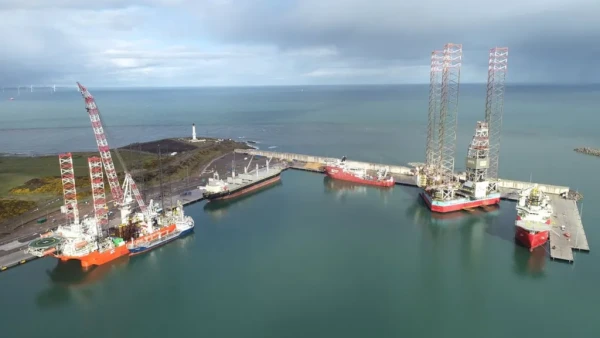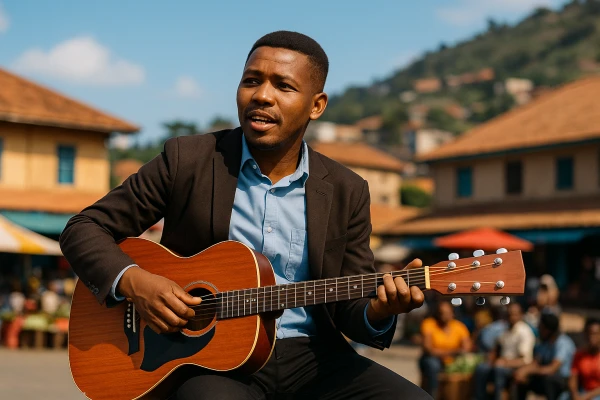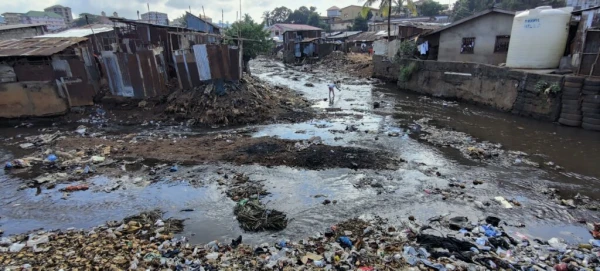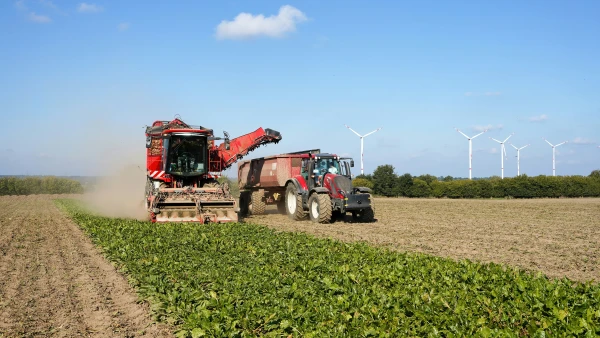Our Views
Measuring the Social Impact of the Creative Economy
When we speak about the creative economy, the first instinct is usually to reach for big numbers: contribution to GDP, export revenues, number of jobs. Those indicators matter, but they miss something essential. Creativity also changes how people see themselves, how communities interact and how young people imagine their future. That is what we mean by social impact – and it is much harder to capture on a spreadsheet.
In our work at Aninver, we’ve had to face this challenge in very different contexts: from the Creative Economy Diagnostic in Sierra Leone, to the design of a national program for the creative industries in Rwanda, to the long-term journey of Fashionomics Africa, or the Creative Industries Action Plan in Newcastle-under-Lyme in the UK. Each assignment forced us to answer a deceptively simple question: beyond the economic headlines, what is actually changing in people’s lives?
What does “social impact” really look like?
If you ask a finance ministry, a filmmaker and a community organizer what social impact is, you’ll probably hear three very different answers. Yet the stories tend to converge.
It might be a young woman who turns her talent for fashion into a formal business and hires her first employees. It might be a neighbourhood that feels safer and more alive because of a local festival, a music venue or a cultural center that brings people together. It might be a group of artists who finally have a platform to show their work and feel that their language, history and daily reality are valued.
In Sierra Leone, for example, many creators we met talked about income, but quickly moved on to recognition and visibility. For them, impact meant more than a bigger bank account. It meant being taken seriously by banks, ministries and international partners; having spaces to perform; seeing their work travel. If we only look at turnover data, we completely miss that dimension.
So when we talk about measuring social impact, we are not just counting jobs. We are trying to understand whether creative work is expanding opportunities, strengthening identity, building confidence, and opening doors that were previously closed.
Why is it so difficult to measure?
Unlike a road or a power plant, creative initiatives rarely produce a neat “before and after” picture. Much of the activity is informal, data is fragmented, and the effects spill over into other sectors in subtle ways. A successful film, a new festival, or a creative hub can change how people feel about their city, how young people see their future, or how a neighborhood is used — but those shifts are not always visible in traditional statistics.
In Rwanda, where we are supporting the African Development Bank with a feasibility study and the design of a national Creative Economy Programme, this complexity is very clear. The programme looks at four major pillars — human capital, infrastructure, financing, and the enabling environment — yet existing data systems were not built to capture what really happens in music studios, fashion collectives, design start-ups or digital content platforms. Many actors operate informally, value chains overlap, and the real impact often shows up in things like new collaborations, visibility for Rwandan talent, or opportunities for women and youth that are not reflected in standard economic indicators. Part of our work there is not only to design the programme, but also to help define the M&E framework that can track this kind of value without oversimplifying it.
Our ongoing work in Newcastle-under-Lyme in the UK adds another layer to the challenge. The Borough Council wants a Strategic Creative Industries and Action Plan that links creativity to local economic growth, cultural infrastructure, entrepreneurship and community wellbeing. To do that, we are first mapping the local creative and cultural ecosystem and working with stakeholders to co-define what “success” should look like: more sustainable creative businesses, yes, but also stronger use of cultural venues, more inclusive participation, better links between digital innovation and local talent, and a clearer sense of identity for the town. The project is still in the planning stage, so the focus is on designing realistic, meaningful KPIs and digital tools for cultural data management that can capture progress over time, rather than relying only on headline numbers such as jobs or ticket sales.
Across both contexts, the pattern is similar: ambitions are high and the creative economy sits at the crossroads of many policy goals, but the tools to measure progress are still catching up. A big part of the job is helping governments and development partners build those tools as the ecosystem evolves — so that what matters most in the creative economy doesn’t disappear between the lines of a spreadsheet.
Turning big ideas into concrete questions
One way we have found useful is to forget about indicators at the beginning and start with simple, human questions. Who is supposed to benefit from this policy or project? What should be different in their lives in a few years? And what exactly is this initiative doing to help that change happen?
When we designed the diagnostic and action plan for Sierra Leone’s creative economy, these questions guided the whole process. The government wanted more and better jobs, more formalization, and stronger international visibility. That led us to focus on things like access to training and finance, the presence of creative spaces outside the capital, or the ability of artists to protect and monetize their intellectual property. Only after those priorities were clear did we turn them into indicators and data collection tools.
A similar logic is guiding our work in Rwanda. The program there is organised around pillars such as skills, infrastructure and finance. But underneath those headings are very concrete stories: a filmmaker trying to access equipment, a fashion entrepreneur negotiating with a bank, a young musician learning how to manage digital revenues. The impact framework we helped design follows those trajectories rather than remaining at an abstract level.
What does good measurement feel like on the ground?
Imagine a creative hub in an African city: a space where fashion designers, game developers and digital artists share studios, equipment and mentoring. At the start, we gather some simple information about who uses the hub, how they earn their income, whether they employ others, and what digital tools they use. We talk to them about their expectations and fears.
A few years later, if things go well, the picture looks different. Some of those creatives have grown from freelancers into business owners. New jobs have appeared, often for young people and especially for women. A handful of brands are exporting or selling online to other countries. The surrounding neighbourhood feels livelier, with new cafés, shops or cultural events.
Not every change can be captured with perfect precision, but many can be observed and documented. A combination of numbers—revenues, jobs, new clients, export markets—and narrative evidence—interviews, case studies, testimonies—starts to show a credible story of transformation.
In Fashionomics Africa, where we supported the African Development Bank from the initial feasibility study of the online platform to its development, this has been very tangible. The initiative was always meant to be more than a marketplace. It was a way to give visibility to thousands of mostly women-led businesses in the textile and apparel sector, and to track how access to training, digital tools and networks changed their prospects over time. Usage data from the platform, combined with surveys and success stories, has become a powerful argument for continued investment in women’s economic empowerment through fashion.
What we have learned along the way
Working on creative economy initiatives in such different environments has taught us a few things about impact measurement that feel universal.
The first is that numbers are essential but incomplete. Without data, it is hard to convince ministries of finance, development banks or city councils to support creative programs. But if data is not anchored in real experiences, it becomes meaningless. In both Sierra Leone and Newcastle-under-Lyme, some of the most convincing evidence did not come from official statistics, but from carefully documented stories of how specific projects changed people’s trajectories.
The second is that perfection is the enemy of progress. Many institutions hesitate to measure impact because they fear the framework will be too complex or resource-intensive. Our experience in Rwanda and elsewhere suggests the opposite: it is better to agree on a small, realistic set of indicators that local teams can actually track than to design an ideal but unmanageable system. A few good indicators, collected consistently and discussed openly, are far more useful than a long list that remains on paper.
The third is that impact measurement works best when it is seen as a learning tool. In creative ecosystems, experimentation is normal. Some interventions will work very well in one place and fail in another. Data should help refine ideas, not punish risk-taking. When we designed monitoring frameworks for creative programs, we tried to make sure that results would feed into regular conversations with stakeholders, not only into final reports.
Want to see how this looks in practice?
If you’re interested in how these ideas translate into real projects, we invite you to explore some of our recent work on the creative economy: the Sierra Leone Creative Economy Diagnostic and Toolkit, the Feasibility study and design of programme for the creative industry in Rwanda, our long-standing collaboration with Fashionomics Africa Initiative, or the Developing a Creative Industries Action Plan for Newcastle-under-Lyme. Together, they show how creativity, careful measurement and public policy can work hand in hand to generate not only economic value, but meaningful social change.










